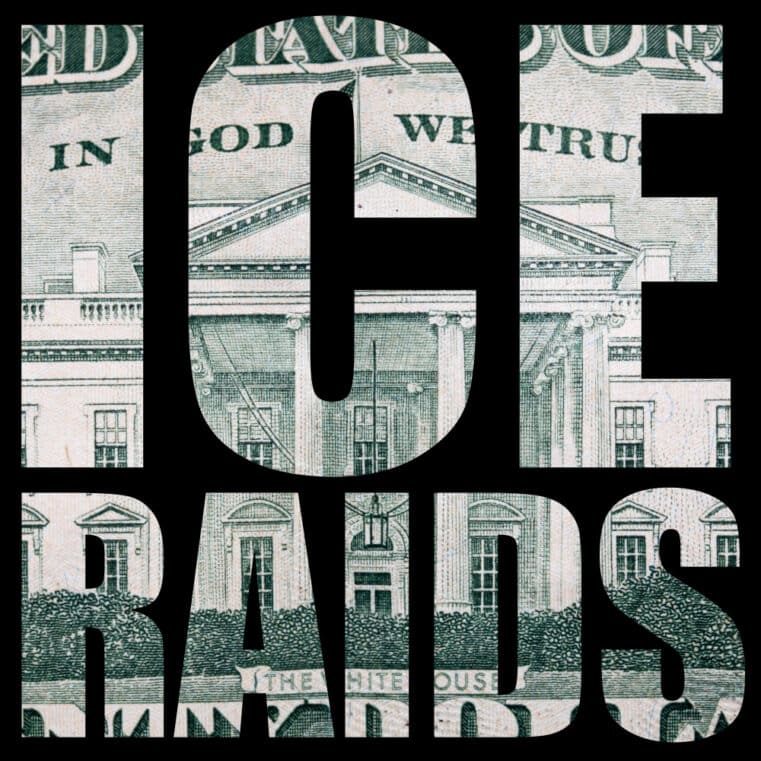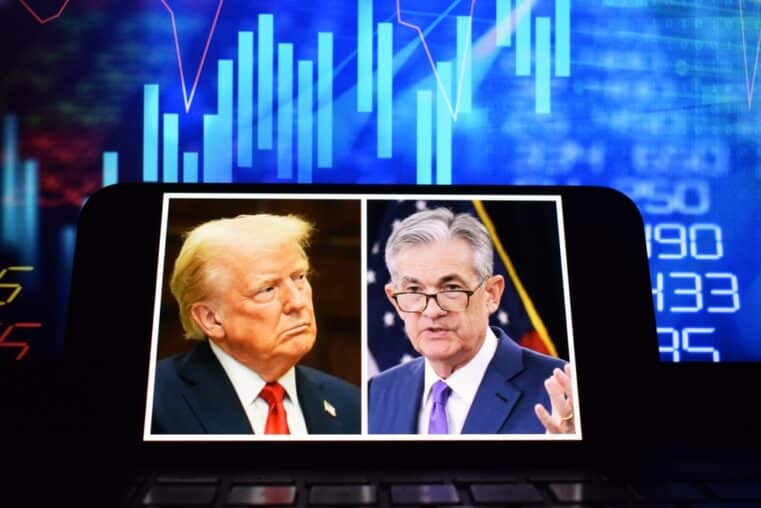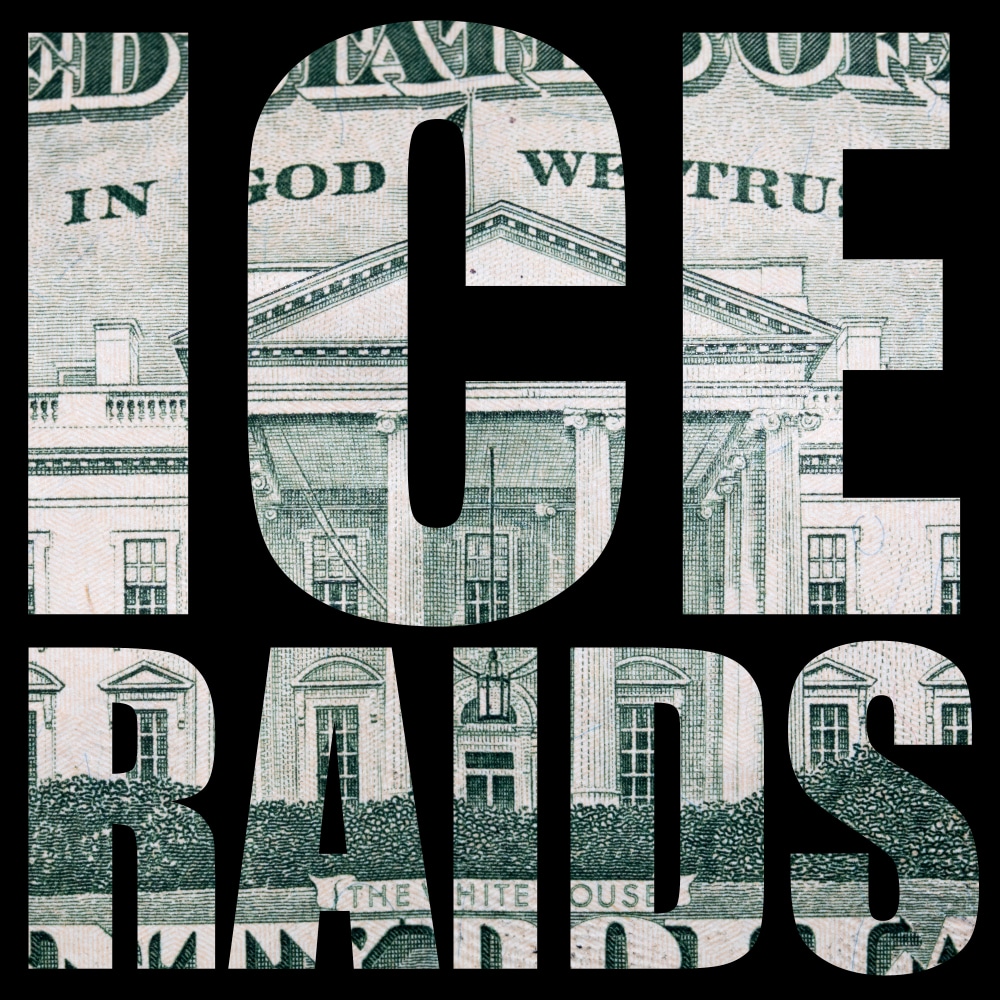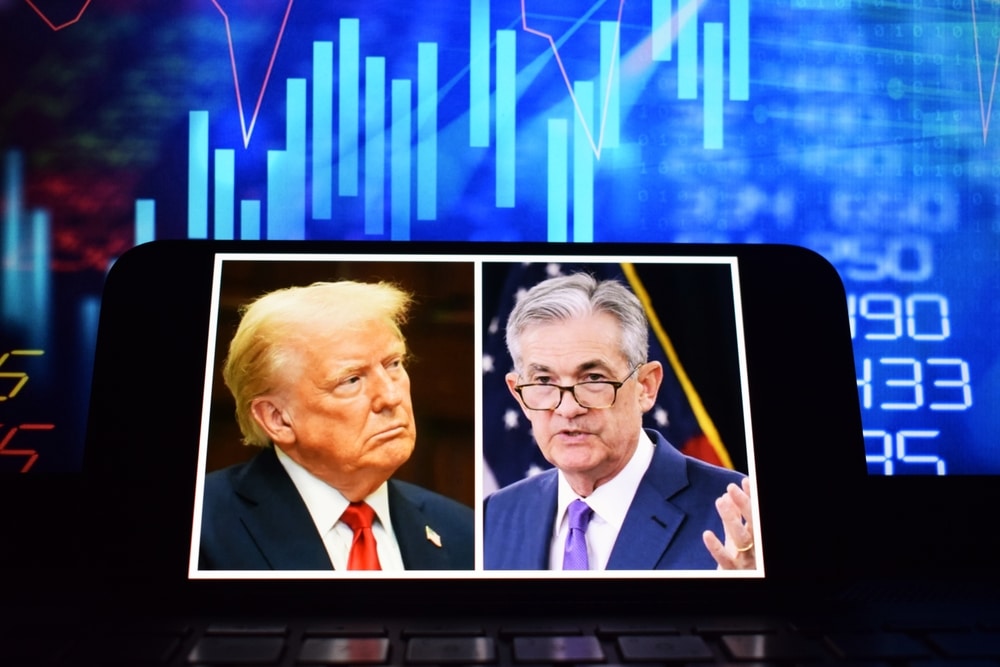
Commercial Real Estate Is About to Collapse—And the Banks Know It
The commercial real estate market is crumbling beneath our feet, but you wouldn’t know it from the mainstream headlines. Instead of reporting on the impending collapse of an over-leveraged, artificially inflated industry, the financial media is busy playing distraction games—covering tariffs, elections, and every other shiny object that keeps people from seeing the real crisis ahead.
Let’s talk about the numbers. According to Bisnow, citing CoStar, U.S. banks reported that CRE delinquencies hit 1.57% at the end of 2024, a level not seen since 2014. That might sound small, but it translates to more than $47.1 billion in delinquent loans—an 88% increase from a decade ago. And it’s only getting worse.
Commercial mortgage-backed securities (CMBS) are flashing major warning signs, with $38 billion in overdue payments, a 41% jump from 2023. And yet, in the face of this obvious disaster, industry insiders still cling to optimism. As Grant’s Interest Rate Observer reports, sentiment in the sector is “the highest it has been in eight years.” Meanwhile, transaction volume is drying up, property owners refuse to accept new (lower) valuations, and banks are desperately clinging to the fantasy that near-zero interest rates will return to bail them out.
The End of the "Extend and Pretend" Era
For years, banks have played a dangerous game—extending loans, delaying foreclosures, and pretending that sky-high valuations would hold. But reality is catching up. Distressed market sales nearly doubled to 6% in Q4 2024, and banks are running out of patience. The amount of CRE debt maturing in 2025 is expected to hit $957 billion, up from $659 billion in 2022. That’s nearly a trillion dollars in loans that must be refinanced—at interest rates far higher than before.
A key part of the problem is bridge loans (REBLs), which ballooned to $45 billion in 2021 from just $9 billion the year before. These loans, originally meant as short-term financing, were handed out with reckless underwriting—loan-to-value (LTV) ratios of 80-85% and debt service coverage ratios (DCR) as low as 1.0. Borrowers bet on rising property values and low rates. Now that rates have tripled, they’re trapped.
Here’s what that looks like in practice: Take Starbucks’ Seattle headquarters, where the current loan rate is 2.3%. When the loan matures this August, the new rate will likely be around 5.5%. That means landlords will have to absorb the difference—if they can. For those holding lesser-quality properties or struggling tenants, the only option may be to walk away.
And it’s not just office buildings. Overbuilding in the multi-family housing sector has hammered rental prices. Community banks hold $629.7 billion in apartment loans, with $6.1 billion already delinquent—the highest level since 2012, during the tail end of the last financial crisis.
A Banking Crisis in the Making
The New York Fed is already warning that banks are undercapitalized and sitting on a CRE “maturity wall” they might not be able to climb. Regulators and credit agencies will soon be forcing banks to accept defaults rather than allowing more loan extensions. When that happens, we could see:
- A wave of foreclosures flooding the market, pushing property values even lower.
- Bank deposit runs, as panic spreads among depositors.
- Massive CRE debt fire sales, further crippling already fragile banks.
Wall Street knows what’s coming. The Regional Bank ETF (KRE) is down 18% since last Thanksgiving. That’s the smart money getting out before the real pain hits.
What Happens Next?
When this crisis unfolds, it won’t just hit property developers and landlords—it will spill over into the banking sector, hitting depositors and investors alike. That’s why protecting your wealth is critical right now. The financial system is built on a foundation of debt and fantasy. When reality intrudes, only those holding real assets—gold, silver, Bitcoin—will be insulated from the carnage.
If you want to understand what’s happening before it’s too late, I strongly recommend Bill Brocius’ book, The End of Banking As You Know It. Bill has been ahead of every major financial collapse for the past 30 years. His Inner Circle newsletter is the best way to stay ahead of the curve.
And if your money is still in a traditional bank, you need to download our free guide: “7 Steps to Protect Yourself from Bank Failure” before the next wave of financial chaos hits. Get it here:
👉 7 Steps to Protect Your Account from Bank Failure
Don’t wait until the collapse is in the headlines. By then, it’ll be too late.











